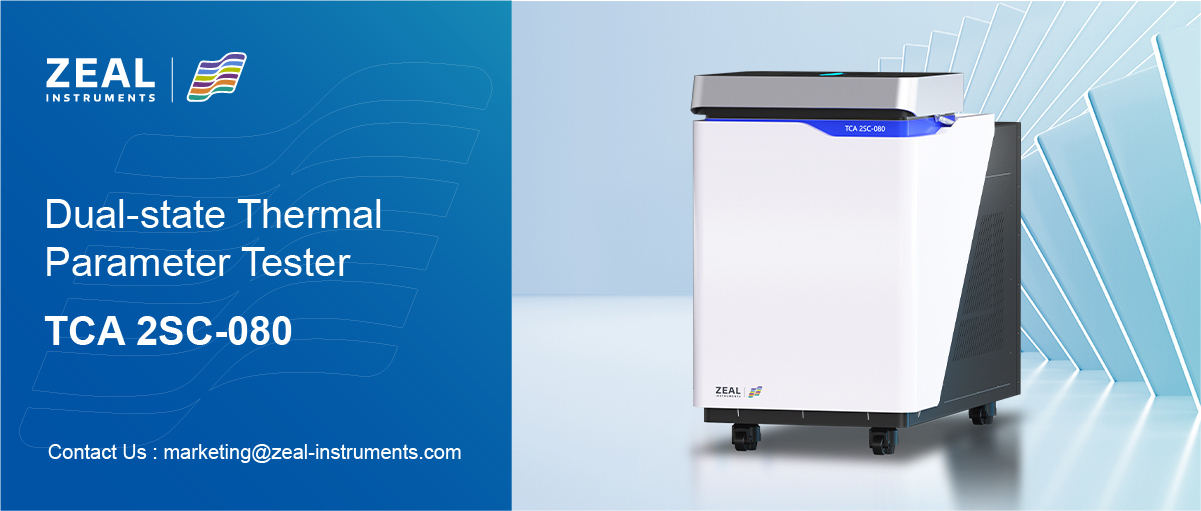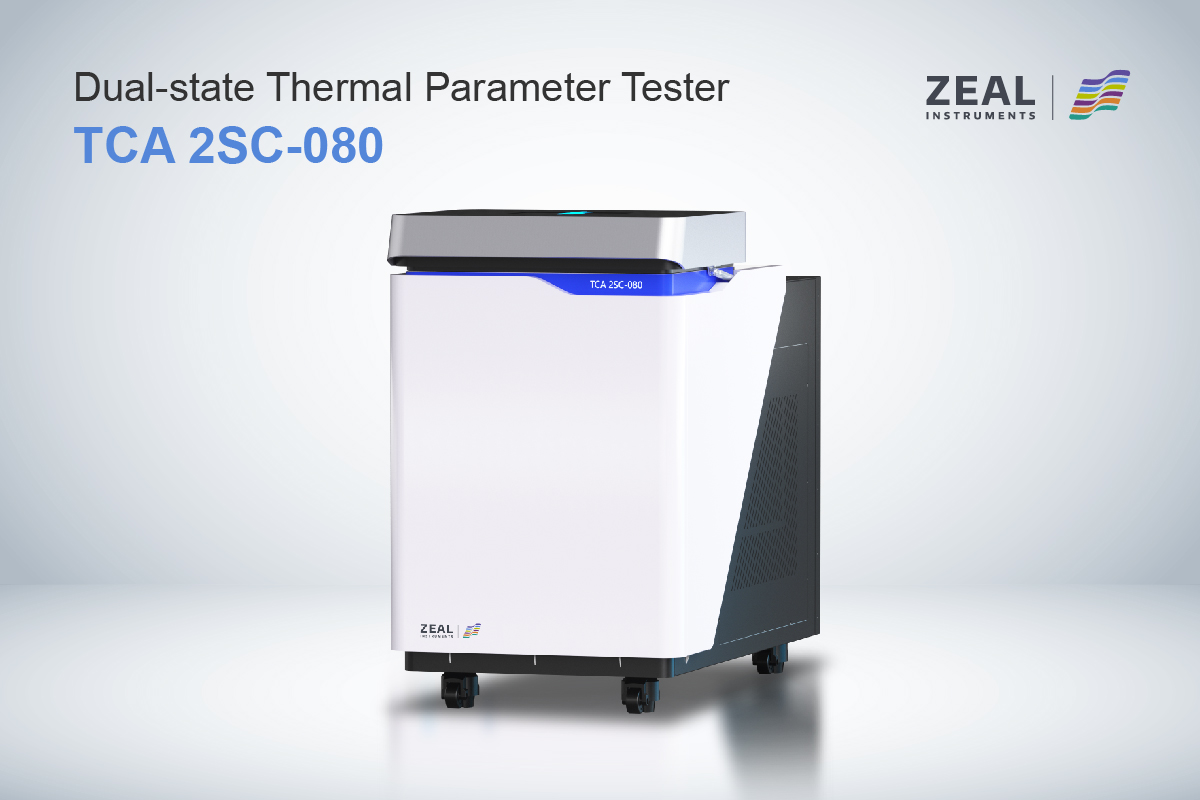Anisotropy Thermal Conductivity Testing: Methods and Applications
If you’re working with materials that have different thermal conductivity in different directions, you need to test for anisotropy. Anisotropy refers to the directional dependence of a material’s properties. In the case of thermal conductivity, this means that the material conducts heat differently in different directions. Anisotropy thermal conductivity testing is the process of measuring the thermal conductivity of a material in different directions.
Anisotropy thermal conductivity testing is essential for materials that will be used in applications where heat transfer is important. For example, materials used in electronics, aerospace, and automotive industries need to be able to manage heat effectively. If you don’t know how a material conducts heat in different directions, you can’t design a system that will use it effectively. Anisotropy thermal conductivity testing can also be used to evaluate the quality of a material or to identify defects.
Fundamentals of Thermal Conductivity
Heat Transfer Principles
Thermal conductivity is the property of materials to conduct heat. Heat transfer is the process of heat moving from one object to another due to a temperature difference. The rate of heat transfer depends on the temperature difference, the surface area, and the thermal conductivity of the material. The higher the thermal conductivity, the faster heat transfers through the material.
Heat transfer can occur in three ways: conduction, convection, and radiation. Conduction is the transfer of heat through a material without any movement of the material itself. Convection is the transfer of heat through a fluid (liquid or gas) due to the movement of the fluid itself. Radiation is the transfer of heat through electromagnetic waves.
Anisotropy in Materials
Anisotropy refers to the property of a material having different properties in different directions. In the context of thermal conductivity, anisotropy means that the thermal conductivity of a material is different in different directions. For example, the thermal conductivity of quartz is 6.5 Wm-1K-1 perpendicular to the c-axis, but it is 11.3 Wm-1K-1 parallel to the c-axis.
Anisotropy in thermal conductivity can be measured using thermal conductivity testing. Thermal conductivity testing involves measuring the rate of heat transfer through a material in different directions. The results of thermal conductivity testing can be used to determine the anisotropic properties of the material.
Understanding the fundamentals of thermal conductivity and anisotropy in materials is essential for thermal conductivity testing. By measuring the anisotropic properties of a material, we can better understand how heat transfers through the material in different directions.
Measurement Techniques
When it comes to measuring the anisotropic thermal conductivity of a material, there are two main techniques: steady-state and transient methods.
Steady-State Methods
Steady-state methods involve measuring the temperature difference across a sample that has a constant heat flux applied to it. This method is based on Fourier’s law of heat conduction and is typically used to measure the thermal conductivity of isotropic materials. However, it can also be used to measure the thermal conductivity of anisotropic materials by measuring the temperature difference across the sample in different directions.
One commonly used steady-state method is the guarded hot plate method. This method involves sandwiching the sample between two plates, one of which is heated and the other is cooled. The temperature difference across the sample is then measured, and the thermal conductivity is calculated using Fourier’s law.
Transient Methods
Transient methods involve applying a heat pulse to a sample and measuring the resulting temperature rise over time. This method is typically used to measure the thermal conductivity of anisotropic materials because it allows for the measurement of the thermal conductivity in different directions.
One commonly used transient method is the transient plane source (TPS) method. This method involves placing a small, flat heat source on the surface of the sample and measuring the temperature rise over time. The thermal conductivity is then calculated using a mathematical model that takes into account the geometry of the sample and the properties of the heat source.
Another transient method that can be used to measure the anisotropic thermal conductivity of a material is the laser flash method. This method involves applying a short pulse of laser energy to the surface of the sample and measuring the resulting temperature rise over time. The thermal conductivity is then calculated using a mathematical model that takes into account the geometry of the sample and the properties of the laser pulse.
Overall, both steady-state and transient methods have their advantages and disadvantages, and the choice of method will depend on the specific application and the properties of the material being tested.
Sample Preparation and Handling
When preparing to test for anisotropic thermal conductivity, there are several factors to consider when selecting and handling your samples. In this section, we will discuss material selection, sample geometry, and size.
Material Selection
The first step in sample preparation is selecting the appropriate material. Anisotropic thermal conductivity can be found in a variety of materials, including polymers, ceramics, and metals. When selecting a material, it is important to consider its thermal properties, such as thermal conductivity, specific heat, and thermal diffusivity.
It is also important to ensure that the material is homogenous and free from defects, such as cracks or voids, which can affect the accuracy of the test results. To minimize the effects of defects, it is recommended to use a sample size that is at least 10 times larger than the size of the largest defect.
Sample Geometry and Size
The geometry and size of the sample can also affect the accuracy of the test results. The sample should be a regular shape, such as a cylinder or cube, to ensure that heat flows uniformly through the sample. The length and diameter of the sample should be chosen based on the expected thermal conductivity and the sensitivity of the measurement technique.
It is also important to ensure that the sample is properly prepared and handled to prevent any contamination or damage. The sample should be cleaned and dried before testing to remove any surface contaminants that could affect the thermal properties of the material. The sample should also be handled carefully to prevent any damage that could affect the accuracy of the test results.
In summary, selecting the appropriate material and preparing and handling the sample carefully are critical steps in ensuring accurate anisotropic thermal conductivity testing. By considering material selection, sample geometry, and size, you can ensure that your test results are reliable and accurate.
Data Analysis and Interpretation
Thermal Anisotropy Metrics
Once you have collected the thermal conductivity data for your anisotropic sample, it is important to analyze and interpret the results. One common metric used to quantify the degree of thermal anisotropy in a material is the thermal conductivity anisotropy ratio (ρ). This ratio is defined as the ratio of the thermal conductivity parallel to the direction of maximum thermal conductivity to the thermal conductivity perpendicular to that direction. A ratio of 1 indicates isotropic behavior, while ratios greater than 1 indicate anisotropic behavior.
Another useful metric is the thermal diffusivity anisotropy ratio (α). This ratio is defined as the ratio of the thermal diffusivity parallel to the direction of maximum thermal conductivity to the thermal diffusivity perpendicular to that direction. The thermal diffusivity is related to the thermal conductivity by the material’s density and specific heat capacity. The thermal diffusivity anisotropy ratio provides information about the rate at which heat diffuses through the material in different directions.
Error Estimation and Calibration
It is important to estimate the errors associated with your thermal conductivity measurements. One source of error is due to the thermal contact resistance between the sample and the sensor. This can be minimized by ensuring good thermal contact and using a sensor with a small contact area. Another source of error is due to variations in the sample thickness and geometry. It is important to measure the sample thickness and geometry accurately and to calibrate the sensor using a reference material with known thermal properties.
To calibrate the sensor, you can use a material with known thermal conductivity and anisotropy. One common reference material is sapphire, which has a high thermal conductivity and a well-known anisotropy ratio. By measuring the thermal conductivity of the sapphire in different directions, you can calibrate the sensor and estimate the errors associated with your measurements.
In summary, analyzing and interpreting thermal conductivity data for anisotropic materials involves calculating thermal anisotropy metrics such as the thermal conductivity anisotropy ratio and the thermal diffusivity anisotropy ratio. It also involves estimating errors and calibrating the sensor using a reference material with known thermal properties.
Applications and Case Studies
Electronics Thermal Management
One of the most common applications of anisotropic thermal conductivity testing is in electronics thermal management. In electronics, heat is generated by the components, and if not managed properly, it can lead to device failure. Anisotropic thermal conductivity testing can help identify the direction of heat flow and the thermal conductivity of the materials used in the device. This information can be used to design heat sinks, thermal interface materials, and other cooling solutions that can effectively manage the heat generated by the device.
For example, a study conducted by Nature found that extremely anisotropic van der Waals thermal conductors have potential applications in electronic devices. These materials have a high thermal conductivity in one direction and a low thermal conductivity in the perpendicular direction, making them ideal for thermal management in electronic devices.
Composite Materials
Anisotropic thermal conductivity testing is also used in the development of composite materials. Composite materials are made by combining two or more materials with different properties to create a new material with improved properties. Anisotropic thermal conductivity testing can help identify the direction of heat flow and the thermal conductivity of the composite material. This information can be used to optimize the composition of the composite material to achieve the desired thermal properties.
For example, a study conducted by ACS Nano found that crystalline layered SnSe2 has a thickness-independent thermal conductivity anisotropy ratio of about 8.4. This information can be used to design composite materials that have a high thermal conductivity in one direction and a low thermal conductivity in the perpendicular direction, making them ideal for thermal management applications.
In summary, anisotropic thermal conductivity testing has many applications in various fields, including electronics thermal management and composite materials. By identifying the direction of heat flow and the thermal conductivity of materials, anisotropic thermal conductivity testing can help optimize the design of devices and materials for improved thermal performance.




































